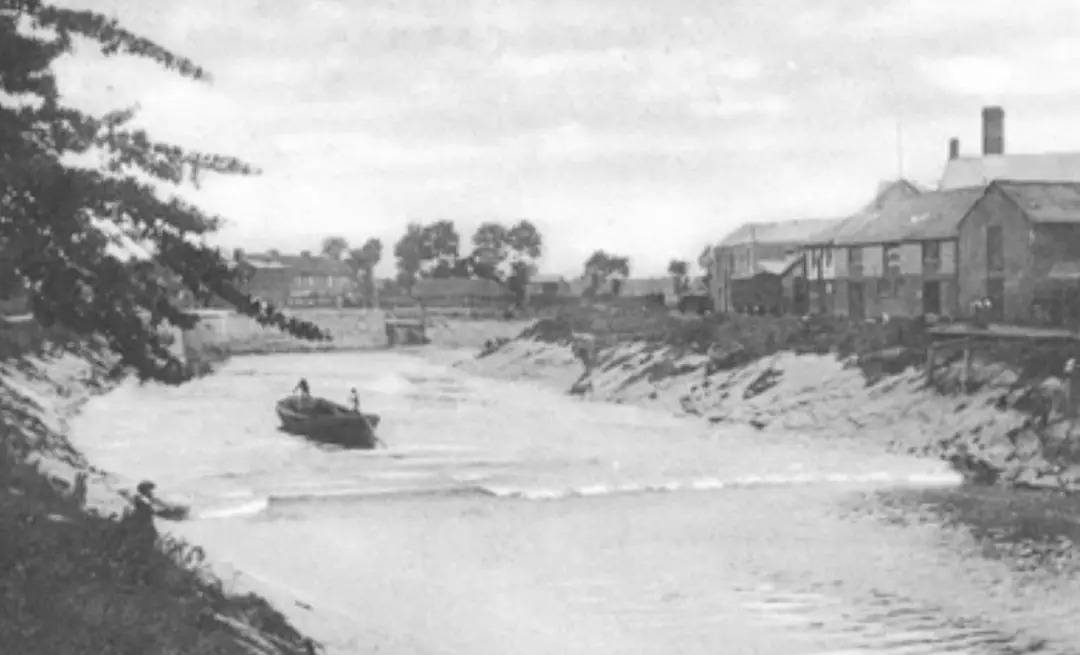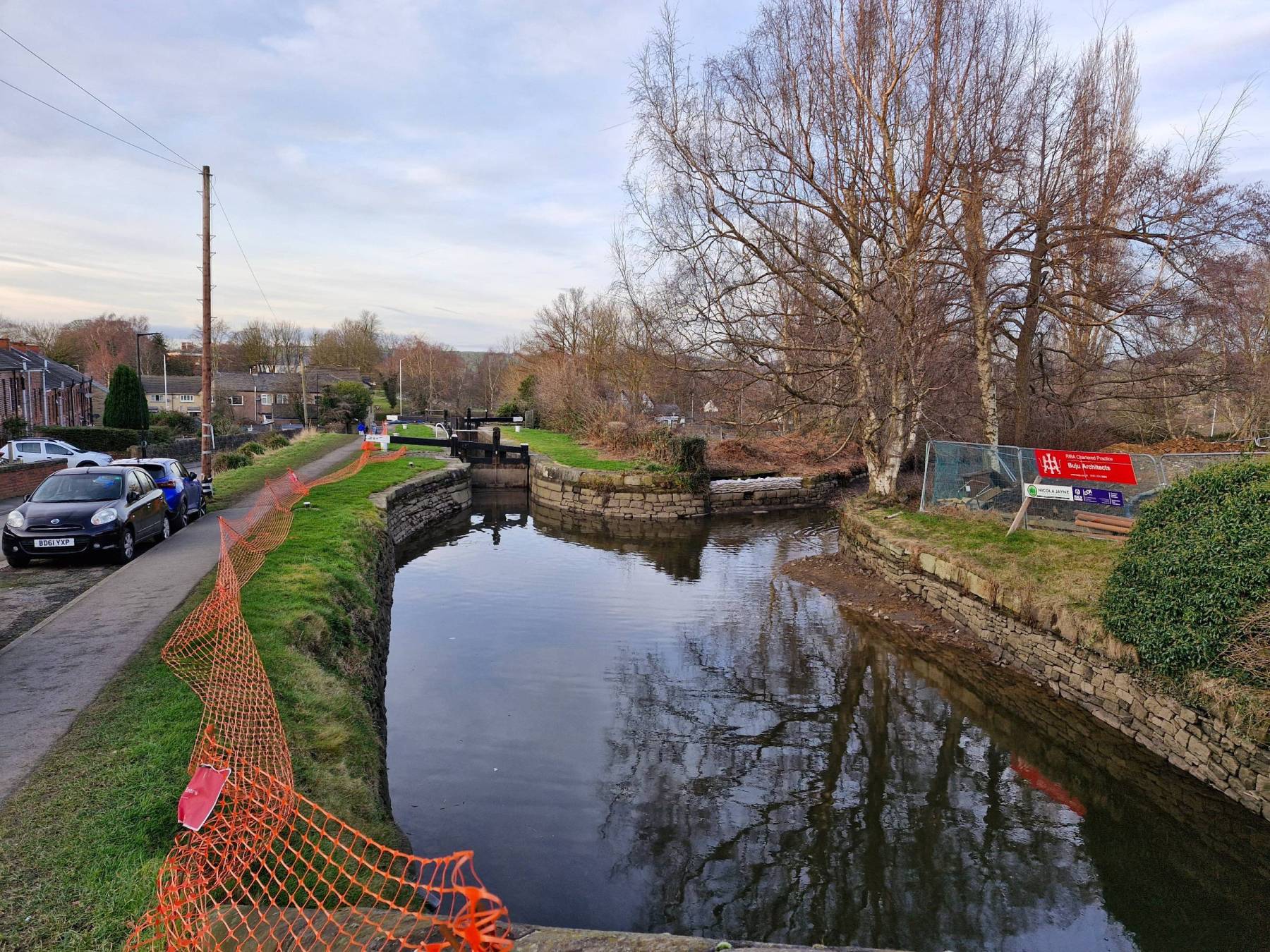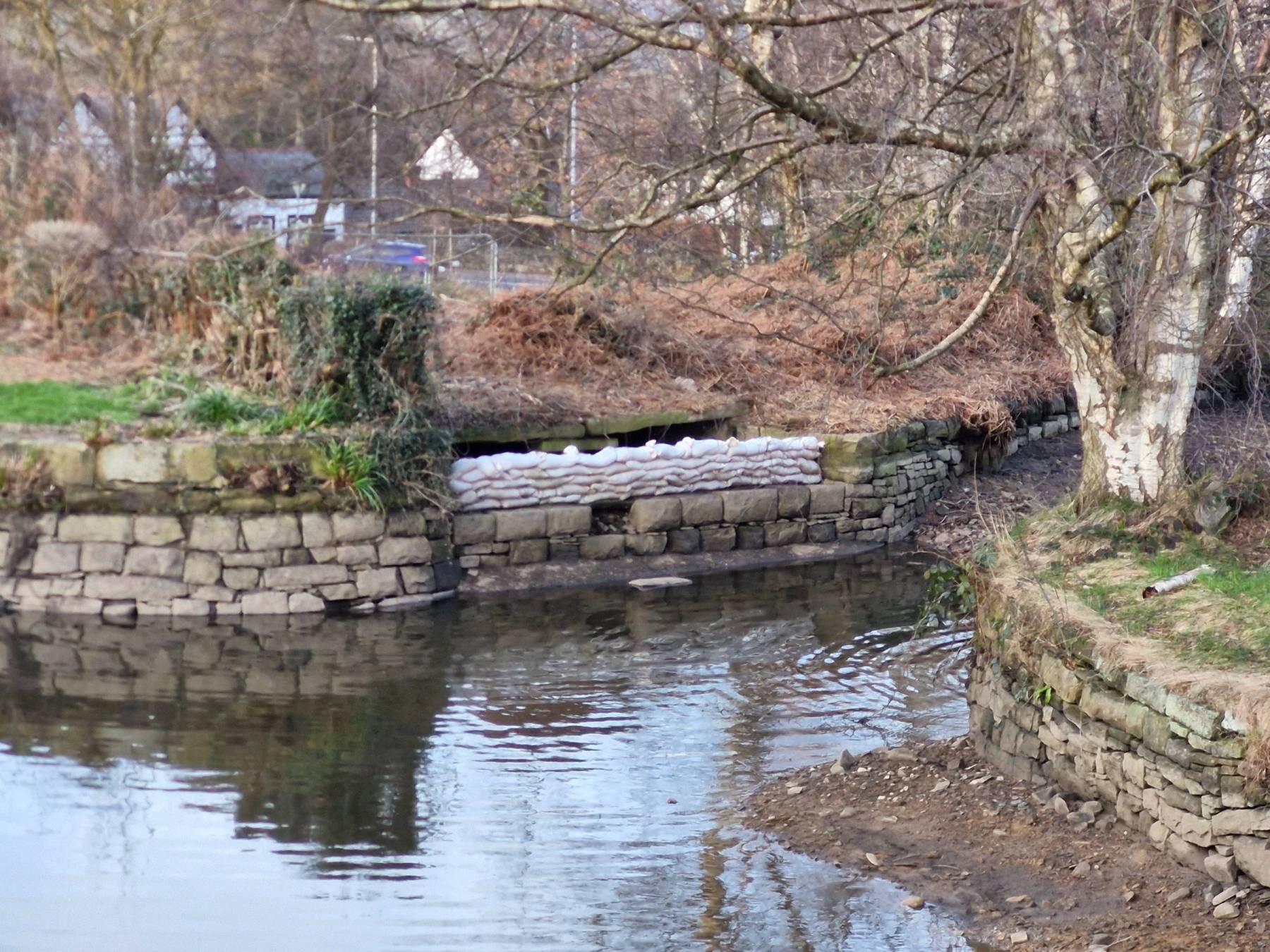The maximum fall at Eastham is complicated, and in part depends on the draught of the vessel. There is probably also a point beyond which they won't work the lock anyway but I have no information on that.
The tidal range at Eastham is up to 27 feet, but as the top 5 feet or so is higher than the ship canal this doesn't give any meaningful figure for how far the lock might fall.
Bradshaw 1904 - maximum draught on the ship canal was 26 feet, and to get a vessel that deep into the lock the tide had to be nearly level - the canal level was 14 feet above the Old Dock Sill in Liverpool and the dredged depth of the approach channel was 12 feet below.
However there was a plan then, presumably carried out, to dredge the approach to 20 feet, giving an extra 8 feet (in other words, a possible lift of 8 feet for the largest vessels). The lower sill was a further 3 feet down, meaning a vessel that just cleared it would lift 11 feet.
The lowest ebb tides, the equinoctial spring tide, is ten feet below old lock sill, or 24 feet below canal water level. It's worth noting there's still 13 feet over the sill of the lock.
Whether they'd operate it with a 24 foot lift is another matter.








